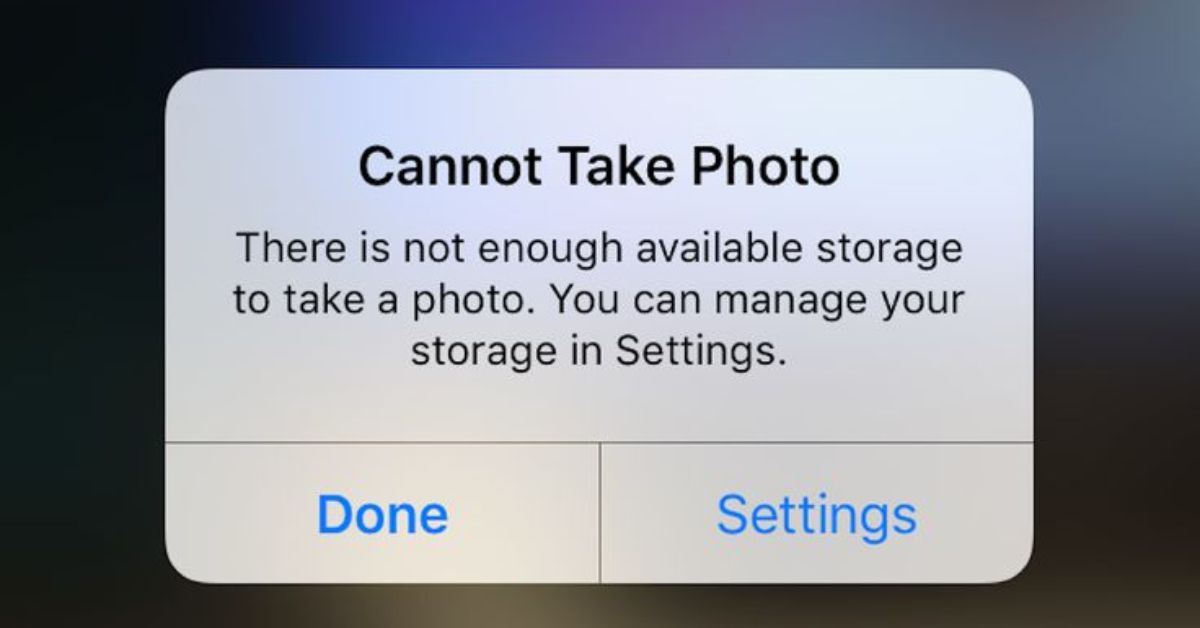The ongoing humanitarian crisis in Gaza has drawn global attention, with millions facing severe food shortages and malnutrition. While the administration of former President Joe Biden employed airdrops to deliver aid to the region, the current Trump administration has not pursued this approach, according to multiple sources. Despite public statements expressing concern over starvation in Gaza, U.S. officials have deemed airdrops an impractical solution for addressing the scale of the crisis. This article explores the reasons behind this stance, the challenges of delivering aid to Gaza, and the administration’s alternative strategies.
Background on Gaza’s Humanitarian Crisis
Gaza’s humanitarian situation has worsened significantly amid Israel’s nearly two-year military campaign against Hamas, which began following heightened conflict in the region. The war has led to widespread destruction, with Gaza health authorities reporting nearly 60,000 deaths and a growing number of fatalities linked to starvation and malnutrition. Images of suffering, particularly among children, have intensified international calls for effective aid delivery to the region’s 2.1 million residents.
During the Biden administration, the U.S. military conducted multiple airdrop operations, delivering approximately 1,220 tons of food and supplies to Gaza. These efforts aimed to alleviate immediate hunger and provide critical resources to those in need. However, the Trump administration has taken a different approach, focusing on alternative methods to address the crisis.
Why Airdrops Are Not a Priority
According to sources familiar with internal discussions, the Trump administration has not seriously considered resuming airdrops for Gaza aid. Several factors contribute to this decision:
- Limited Impact: Airdrops are seen as insufficient to meet the needs of Gaza’s population. One U.S. official noted that the scale of the crisis requires significantly larger volumes of aid, which airdrops cannot provide.
- Logistical Challenges: Coordinating airdrops involves complex logistics, including securing Israeli approval for airspace use. Sources indicate uncertainty about the feasibility of managing the necessary “lift capacity” for such operations.
- Safety Concerns: Humanitarian groups have long criticized airdrops due to the risks they pose to civilians. Heavy aid packages dropped by parachute can endanger those rushing to collect them, with incidents of injuries and fatalities reported.
- Inefficiency: Aid organizations argue that airdrops are more symbolic than effective, as they cannot match the capacity of land-based delivery routes. Open land routes are considered essential for delivering large quantities of aid efficiently.
One source, speaking anonymously to Reuters, described airdrops as “absolutely unrealistic” after U.S. officials evaluated the option. Another official from a U.S.-allied nation involved in airdrop efforts confirmed that no discussions have taken place regarding U.S. participation or logistical support for such operations.
International Efforts and U.S. Allies
While the U.S. has stepped back from airdrops, several allied nations have continued these efforts. Countries such as Jordan, the United Arab Emirates, and the United Kingdom have conducted airdrops to deliver food and supplies to Gaza. Jordan, in particular, has sought U.S. assistance for a planned three-week airdrop operation starting in early August 2025, according to an internal State Department communication reported by ABC News. However, the Trump administration has no active plans to join these efforts, despite requests for aircraft, supplies, and logistical support.
The reluctance to participate in airdrops contrasts with the administration’s public statements about addressing Gaza’s humanitarian needs. President Trump has emphasized the importance of delivering food to Gazans while ensuring aid does not reach Hamas, a designated terrorist organization. A White House official, responding to inquiries, stated that the administration remains open to “creative solutions” for aid delivery but did not elaborate on specific plans.
Alternative Approaches to Aid Delivery
Instead of airdrops, the Trump administration has focused on supporting the Gaza Humanitarian Foundation (GHF), a U.S.- and Israeli-backed initiative aimed at distributing aid in southern Gaza. The administration has pledged at least $30 million to the GHF, with reports suggesting the possibility of additional monthly grants. The GHF claims to have distributed over 94 million meals while preventing interference from Hamas, a point emphasized by a State Department spokesperson.
However, the GHF has faced significant criticism. Over 160 humanitarian organizations and NGOs have called for its closure, alleging that its distribution sites have led to over 500 Palestinian deaths due to unsafe conditions. The United Nations has also declined to cooperate with the GHF, citing concerns over its practices and the risk of civilian casualties. A group of 21 Democratic senators recently urged the administration to redirect funding to U.N.-led aid coordination mechanisms, arguing that U.S. taxpayer dollars should not support the GHF’s operations.
In response, a GHF spokesperson defended the organization’s work, stating that it remains focused on feeding people while other groups engage in criticism without offering practical solutions. The spokesperson also noted that the GHF has offered to assist other aid organizations in delivering supplies safely, though these offers have been declined.
Challenges of Ground-Based Aid Delivery
The Trump administration’s preference for land-based aid delivery aligns with the views of humanitarian experts, who emphasize the need for open land routes to transport large volumes of aid. However, ground deliveries face significant obstacles:
- Israeli Restrictions: Israel has imposed strict controls on aid entering Gaza, citing security concerns related to Hamas. For example, Jordan reported that only 25 out of 60 aid trucks were allowed entry on a recent convoy, with delays attributed to slow Israeli screening processes.
- Logistical Bottlenecks: Bureaucratic hurdles and safety risks within Gaza complicate the distribution of aid, even when it reaches the enclave.
- Insufficient Capacity: The United Nations estimates that several hundred trucks per day are needed to meet Gaza’s needs, far exceeding the approximately 70 trucks currently entering daily.
These challenges highlight the complexity of delivering aid effectively, regardless of the method used.
Trump’s Broader Humanitarian Strategy
President Trump has publicly expressed a desire to alleviate suffering in Gaza, describing the starvation crisis as “crazy” and emphasizing the need to save lives, particularly among children. During a July 2025 meeting with U.K. Prime Minister Keir Starmer, Trump suggested the U.S. could become “even more involved” in aid efforts, potentially through the establishment of “food centers” with fewer access restrictions. However, details of this plan remain scarce, and officials have not clarified how it would be implemented.
Additionally, reports indicate that Trump and his special envoy, Steve Witkoff, have discussed the possibility of the U.S. taking over the administration of humanitarian aid in Gaza. This move would mark a significant shift from current practices, though it remains unclear how it would align with Israel’s ongoing military operations or international expectations.
Comparison to Biden’s Approach
The Biden administration’s aid strategy included both airdrops and the construction of a temporary pier off Gaza’s coast to facilitate maritime deliveries. Announced in March 2024, the pier operation involved approximately 1,000 U.S. personnel and cost $230 million. However, it faced significant challenges, including bad weather and distribution issues, and was operational for only about 20 days. Despite these limitations, it represented a significant U.S. commitment to addressing Gaza’s humanitarian needs.
In contrast, the Trump administration’s focus on the GHF and potential “food centers” reflects a different approach, prioritizing targeted distribution over large-scale logistical operations like airdrops or maritime deliveries.
Conclusion
The Trump administration has opted not to pursue airdrops as a means of delivering humanitarian aid to Gaza, citing their limited effectiveness and logistical challenges. Instead, it has prioritized support for the Gaza Humanitarian Foundation and explored alternative strategies, such as establishing food centers. While allies like Jordan continue airdrop efforts, the U.S. has declined to participate, focusing on ground-based solutions despite significant obstacles. As the humanitarian crisis in Gaza persists, the administration faces ongoing pressure to develop effective and safe methods to deliver aid to millions in need.
Sources & References:
- Reuters
- ABC News
- The New York Times
- The Guardian
- Al Jazeera
Author
-

Tyler Grayson brings global events to your screen with clarity, depth, and context. With a background in political science and international relations, Tyler covers diplomacy, global conflicts, climate issues, and major policy shifts with a balanced, facts-first approach. His reporting connects the dots between headlines and their real-world impact.







